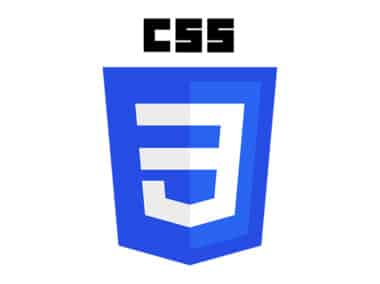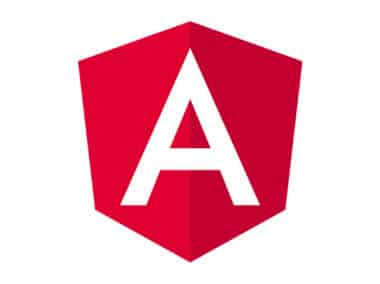JQuery is a powerful and widely-used JavaScript library that can help you build dynamic and interactive web applications. However, to make the most of JQuery, it’s important to follow some best practices for optimizing performance, writing efficient code, and organizing your code using modules. These best practices will help you write maintainable and scalable code that performs well and is easy to understand.
Optimize Performance
To optimize performance when using JQuery, consider the following best practices:
- Minimize DOM Manipulation: JQuery’s strength lies in its ability to manipulate the Document Object Model (DOM) quickly and easily. However, excessive manipulation can slow down page rendering and cause performance issues. To avoid this, try to use JQuery to modify only the necessary parts of the DOM and minimize the number of times you manipulate it. Use efficient selectors to target elements in the DOM.
- Cache Selectors: Selectors are used to identify elements in the DOM that you want to manipulate with JQuery. Repeatedly searching for the same elements can lead to a performance hit. To optimize performance, cache selectors in variables and reuse them whenever possible. This will reduce the number of times you need to search the DOM for the same elements.
- Use Event Delegation: Binding events to individual elements can cause performance issues, especially when working with large numbers of elements. Instead, use event delegation to attach events to a parent element and let them “bubble up” to child elements as needed. This will reduce the number of event listeners attached to individual elements, improving performance.
Write Efficient Code
To write efficient JQuery code, consider the following best practices:
- Avoid Unnecessary Function Calls: Each function call in JQuery adds a small amount of overhead. To optimize performance, avoid making unnecessary function calls and try to chain functions together whenever possible. Use the
end()method to end a chain of functions and avoid unnecessary function calls. - Use Native JavaScript Methods: While JQuery provides many useful functions, it’s important to remember that native JavaScript methods can often be faster and more efficient. Whenever possible, use built-in JavaScript methods instead of JQuery. This can reduce the overhead of loading the JQuery library and improve performance.
- Avoid Global Variables: Global variables can cause namespace collisions and memory leaks. To avoid this, use local variables instead of global variables whenever possible. Use closures to create private variables and functions that are only accessible within a specific scope.
Organize Code using Modules
To make your JQuery code more modular and maintainable, consider the following best practices:
- Separate Concerns: Separate your code into logical “modules” that handle specific tasks. This will make your code easier to manage and maintain over time. Use the module pattern to create self-contained modules that can be reused in different parts of your application.
- Use Namespacing: Namespacing is a technique that helps prevent naming conflicts between different parts of your code. Use descriptive names for your namespaces to make your code more readable and maintainable. Use the
$.fnnamespace to create plugins that can be reused across different parts of your application. - Use AMD or CommonJS Modules: As your codebase grows, you may find it helpful to use a modular system like Asynchronous Module Definition (AMD) or CommonJS to manage dependencies and organize your code. Use a build tool like Grunt or Gulp to automate the process of building and optimizing your modules.
Conclusion
By following these best practices, you can optimize performance, write efficient code, and organize your JQuery code into modular and maintainable components. These best practices will help you write code that is easy to understand, maintain, and scale as your application grows. Happy coding!




